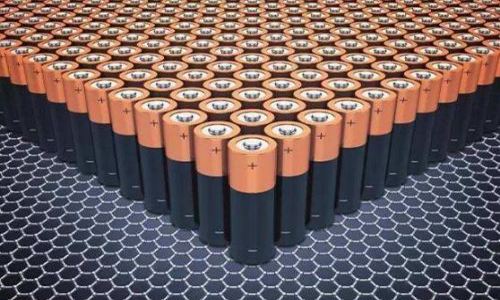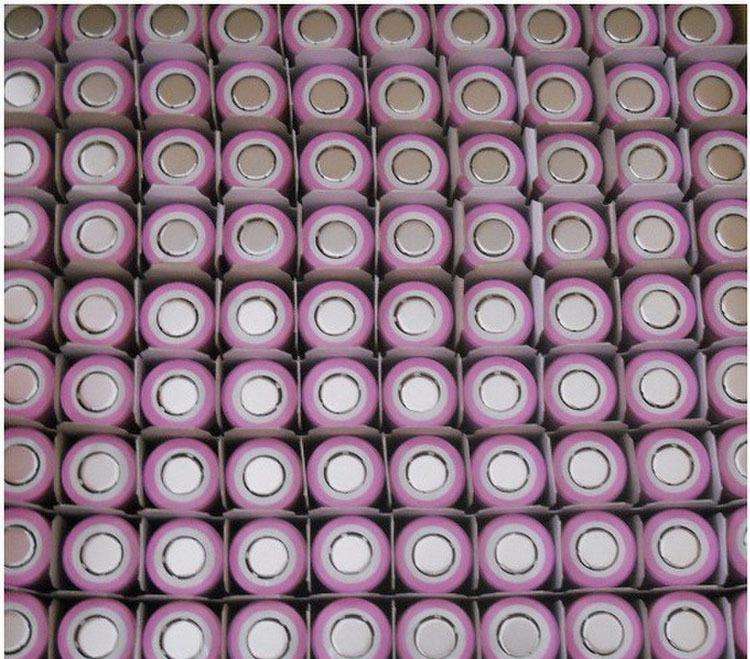Li-ion Battery Charger Module
Sep 28, 2019 Pageview:2364
No one can deny the fact that the Li-ion batteries are the most popular batteries of our time. They’ve actually overthrown the Lead-Acid Batteries that have been in use for over 150 years. In places where weight is an issue, li-ion batteries are one of the lightest batteries on the market today. These batteries can be found in smartphones, tablets, computers and other gadgets.
Most people believe that lithium-ion batteries are the future with good reason. These batteries are easy to use and recharge. However, the recharging part is a bit complex and that is why this article is at your best interest. In this article, we are going to look at what a lithium battery charge module is.
Basically, a li-ion battery charger module is a device that can charge a li-ion battery to its full capacity. Not many chargers are compatible with these batteries and not all of them can actually deliver the required wattage to fully charge these batteries. That is why you need to understand what a Li-ion battery charger module is and the different types of these chargers available in the market today.
Definition of Li-ion Battery Charger Module
Like I said earlier, most of the devices we have today use lithium-ion batteries. As much as these batteries are able to support your daily smartphone, computer or tablet activities, they also end up running low. And for that very reason, you will always need a good charger that can boost the power in your lithium-ion battery.
That is where the lithium battery charger module comes in. This is a low effective unit that is affordable enough to fit into your DIY project. Some of the lithium-ion battery chargers will require you to remove the batteries from their box while others will just let you charge directly as the unit is.
The lithium-ion battery charger module comes with a USB connector that you can connect directly to a 5V power source. With this type of connection, you can easily plug the charger to the USB port of your computer or even a 5V power supply and it will work greatly.
They also have a place where you can solder a 5V power supply directly to the board. That makes it even more convenient and easy to use on a day to day basis.
Functions of li-ion Battery Charger Module
1.Charges the lithium-ion battery
Without a doubt, the li-ion battery charger module is able to charge a lithium-ion battery to full capacity. This happens in two stages. The first stage is when the current is maintained at a constant level. During this time, the voltage increases. Actually this is the stage that most of the fast chargers that are quite common in the market today utilize. The charge time at this stage usually takes up to one hour.
The next stage is the saturation stage. This is usually when the voltage peaks up to 4.2 volts especially for an LCO cell. Here, the voltage maintains at 4.2 volts while the current gradually drops. The end of this stage will typically be reached when the current falls all the way to 10% of the rated current. Depending on the type of cell, this stage will typically take up to 2 hours.
When the device starts charging, the red LED bulb will light indicating that the connection is working great. And when the charge is full, the blue LED bulb will light showing you that it’s time to plug off your battery.
2.Commonly used with the 18650 lithium-ion battery
The lithium-ion battery charger module is a charging device that really works for the 18650 lithium-ion battery. With this device, you will be able to recharge any of your li-ion batteries with ease.
Types of li-ion Battery Charger Module
It can be a bit difficult drawing a line on the type of lithium-ion battery chargers modules in the market. All the same, these charges can be differentiated into the 2-way chargers and the 4-way charges. What that basically means is that the lithium-ion charger module can charge 2 lithium-ion batteries while the other can charge 4 batteries at a go.
That means you need to know how many batteries your device uses at a single time. With that in mind, you can decide on the lithium-ion battery module that best suits your needs.
How to Use a Lithium-ion Battery Charger Module?
It’s always a good idea to be careful especially when you are handling lithium-ion batteries. Most of the lithium-ion battery charger modules are able to operate with 5Volts which means you can use your regular USB mini cable. That’s the cable that you use to charge your smartphone.
More to that, you can also use any type of smartphone cable as long as it’s compatible with the USB port. However, if you are planning to use the battery directly with the 5V, then you will need to ensure that the IN- and the IN+ is directed to the ground.
In most cases, the modules usually come with a direct way to connect the terminals. They usually have terminal protection so you need to be careful while connecting the device. You should make sure that you use a multimeter since it will help you check on the polarity of the charger.
In case you end up connecting the device reversely, then the module will most likely heat up which will kill it. When the charger is connected correctly, it will light up red. The entire process is usually controlled by the IC unit in the device.
By default, the charging current will most likely be 1A. You will be able to control the current using the resistor. Once the device charges the lithium-ion battery completely, it will turn off the red colour and turn on the green colour indicating that it’s full.
In Summary…
The lithium-ion battery charger module is a must-have if you are a hands-on person. This device will help maintain the charge of your lithium-ion battery as you use it to power up your devices in the house. Stick around for more amazing facts on the same.
- Prev Article: Liquid Metal Battery VS Lithium-Ion
- Next Article: Lithium Battery Protection Board
Leave Message
Hottest Categories
-
Hottest Industry News
-
Latest Industry News











